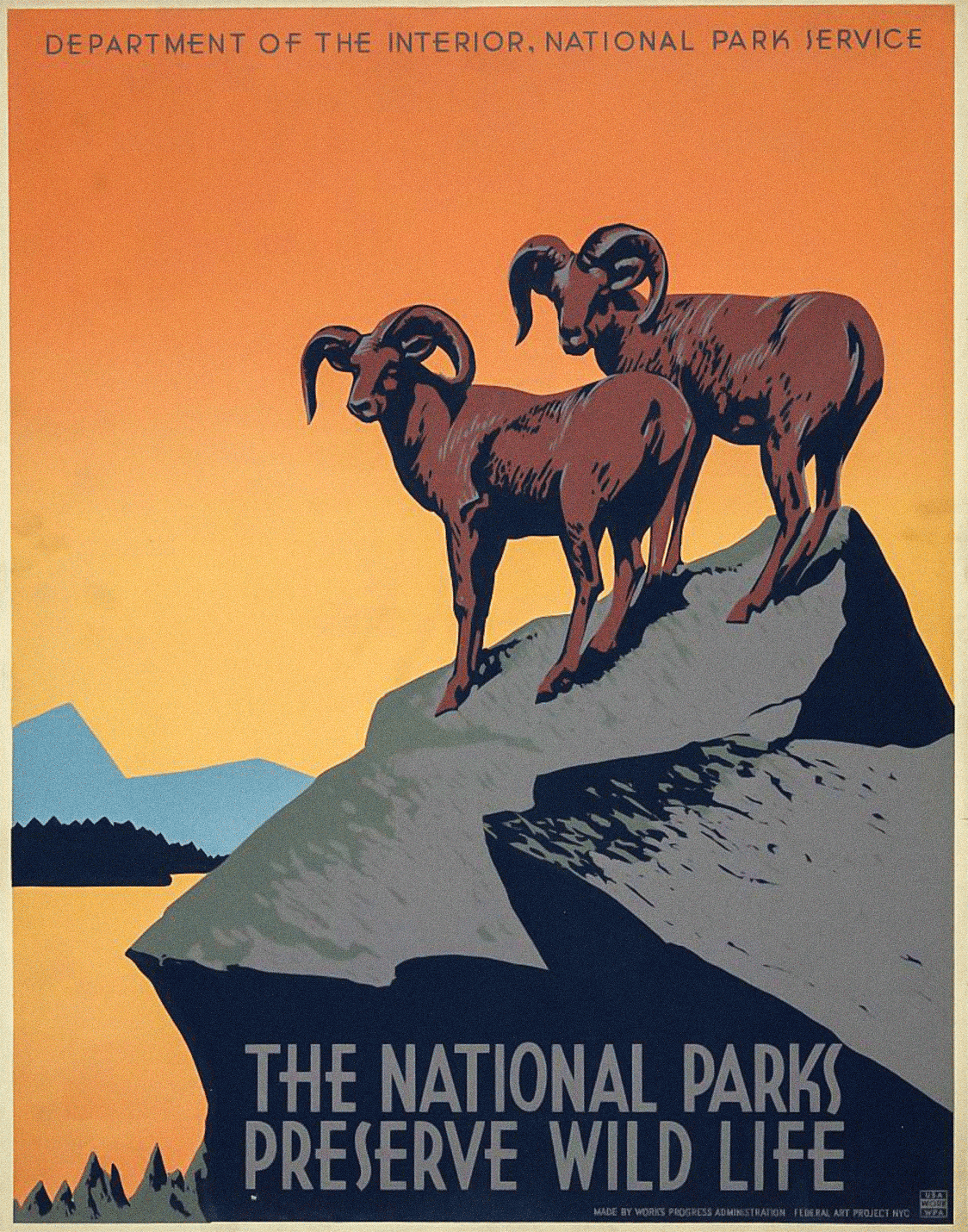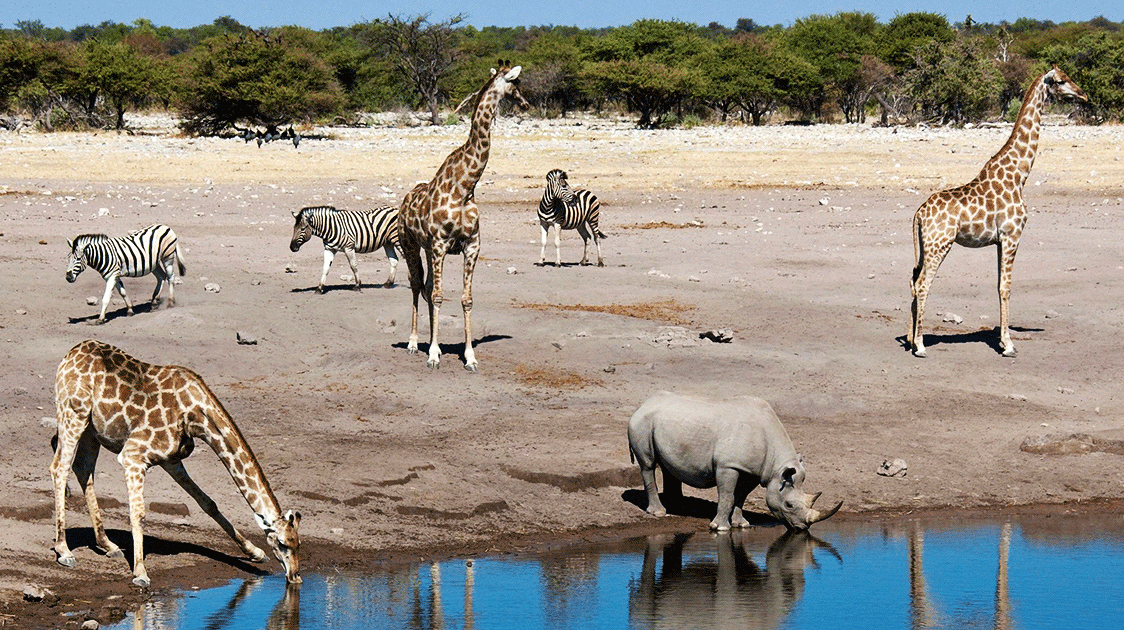A Value Beyond the Aesthetics

"The National Parks: America's Best Idea", Ken Burns' documentary series, is a masterpiece. The history of the United States National Parks from 1851 to 1980 is documented in the typical Burns style.
John Muir, naturalist/philosopher and first president of the Sierra Club, was one of the earliest advocates of the National Parks idea. His three-night camping trip with President Theodore Roosevelt (an avid hunter) in the Yosemite Valley in 1903 is considered the most significant camping trip in conservation history.
During that trip, he convinced the president to return Yosemite Valley and Mariposa Grove to federal protection as part of Yosemite National Park.
The trip would have a lasting impact on the president. Roosevelt went on to declare five national parks; signed the landmark Antiquities Act and used its special provisions to create 18 national monuments, including the Grand Canyon unilaterally; set aside 51 federal bird sanctuaries, four national game refuges, and more than 100 million acres' worth of national forests.

John Muir's fear for the National Parks system was that "nothing dollarable is safe." He was primarily concerned with the lumber companies' continual threat to the virgin forests.
Stephen Mather, the National Parks Service's first director, took an opposing view and believed that the only way to make the parks safe was, in fact, to make them "dollarable." A self-made millionaire, Mather believed that if the national parks concept was packaged and promoted correctly, not only could they be conserved but also made profitable, a value beyond the aesthetics.
The railroad companies were the perfect allies. Promoting "See America First," they had been selling the National Parks concept from the start; more train-riding tourists equaled more dollars. They were unafraid to use their political influence with Congress to achieve these goals. Mather's strategy proved correct; pragmatism trumped idealism, and today, the American National Parks system is undoubtedly the best in the world.
In southern Africa today, conservation policy is centered around the sustainable use of natural resources; "if it pays, it stays", or to use Muir's terminology, it's "dollarable." The centerpiece of this strategy is community-based natural resource management (CBNRM), which has been adopted across the subregion.

Namibia has shown the effectiveness of CBNRM.
By adopting the conservancy model, Namibia has more wildlife than ever in the past 150 years; the national wildlife herd is around 3 million animals.
The country currently has over 50% of its land under formally recognized wildlife management, including its entire coastline.
If Namibia had followed an animal-rights-based, protectionist approach to wildlife management, only 8% of the current population would exist in a few isolated nature reserves.
Why is this success story not recognized more universally?




